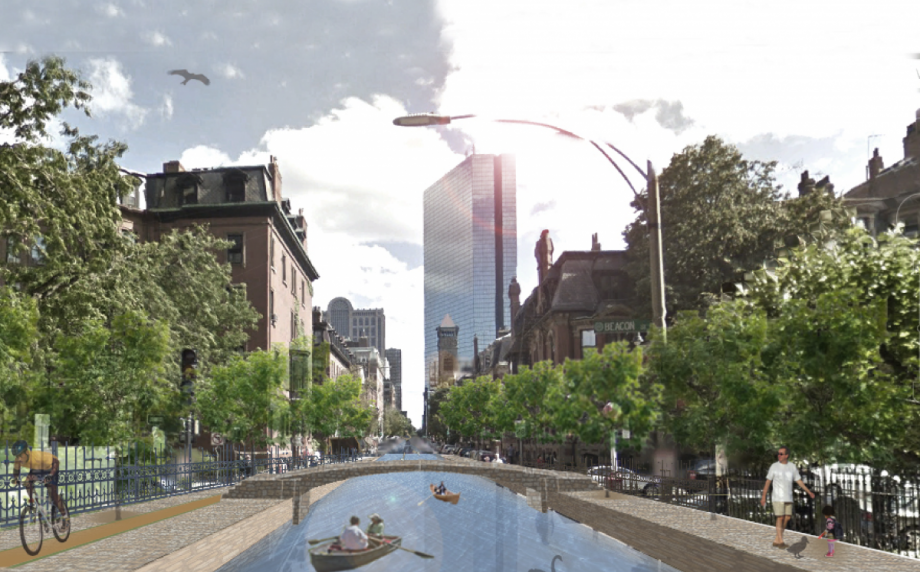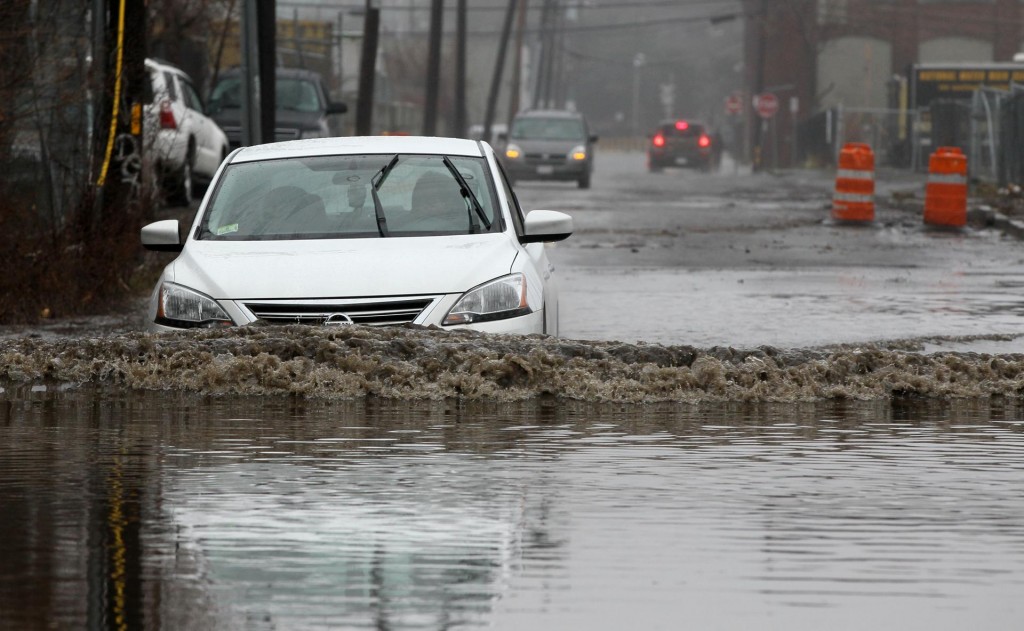January 20, 2015 – The City of Boston has a plan to reduce greenhouse gases (GHG) by 25% by 2025 and 80% by 2050. The plan is called Greenovate Boston and sets sector-specific GHG targets for households, businesses and institutions in the City.
To succeed Boston is setting a GHG reduction of 8% for householders which it hopes to accomplish through increased use of home energy audits to reduce energy waste, improving weatherization and heating system replacements, and increasing solar energy rooftop installations. In 2014 solar installations exceeded 11 Megawatts.
Large commercial, industrial and institutional buildings including government structures account for the majority of carbon emissions (over 50%). The goal – to achieve 12.5% GHG reductions by focusing on energy efficiency. In addition the action plan calls for 10 Megawatts capacity for rooftop solar on commercial buildings by 2020.
Civic buildings plan to increase waste heat recovery from all sources, called co-generation, to meet 15% of government facilities energy needs.
To combat more intense weather events similar to the Noreaster that struck Boston in January 2014 causing flooding of waterfront buildings, Boston is attempting to develop solutions to combat sea level rises of 60 centimeters (2 feet) to 1.5 meters (5 feet) by 2050. So far the City has not had a Hurricane Sandy or Katrina event but planning to harden the infrastructure to withstand such an extreme climate occurrence makes sense.
There are other sea level concerns besides storm surges. Although overall sea levels have been rising recently at a rate of 3 millimeters (0.012 inches) a year, Boston is planning for much higher seas. Why? For three reasons.
- Much of Boston’s historic districts were built on marshland in the 19th century.
- The City is sinking at a rate exceeding 15 centimeters (6 inches) a century.
- Sea levels off the New England coast are rising between 4 and 6 millimeters per year, even faster than the global average.
With these climate challenges in mind the City has launched a competition for design solutions for those areas most likely to be inundated in the next fifty years. Creative ideas include wetland renewal, significant tree canopy growth (which will also help with rising temperatures), barrier dune parks and berms on beachfronts, and a City core laced with Venetian-like canals running through it (see image below).
Boston joins a growing list of cities around the world that are taking responsibility to tackle global warming head on even though no global commitment has happened as of yet to address carbon reductions.













[…] By 2050 Boston has targeted an 80% reduction in GHG emissions. City envisions Venice-like canals in its future. […]